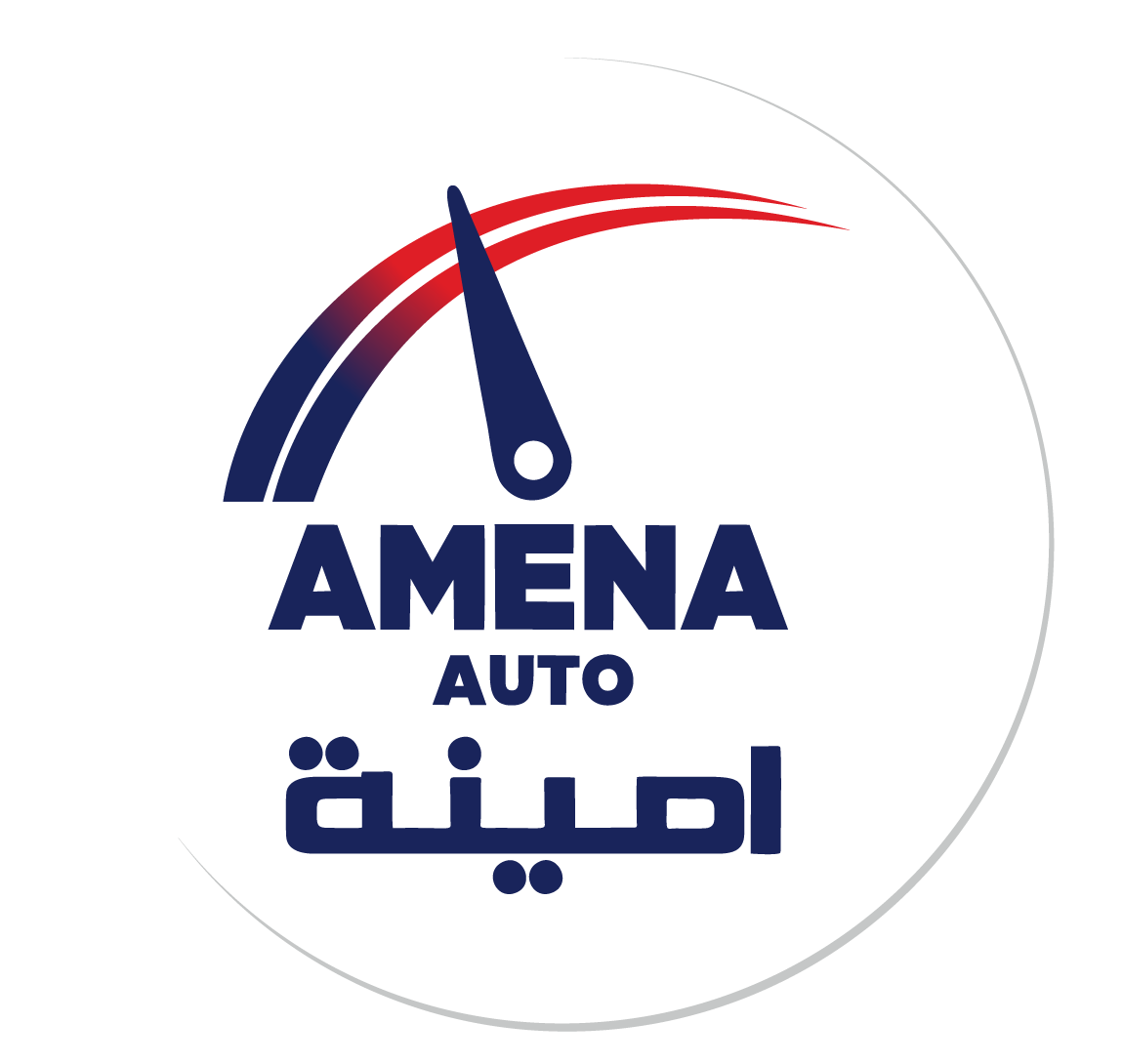In our new 9-part series covering essential KPIs for Dealers/Importers in the MENA region, we now focus on the Service Department—a critical profit centre that often determines long-term business sustainability.
While vehicle sales create the first transaction, it’s the service department that builds lasting customer relationships and generates consistent profitability. For Automotive Dealers/Importers across the MENA region, where extreme climate conditions place unique demands on vehicles, an efficient and customer-focused service operation isn’t just desirable—it’s essential for business success.
This article explores the key performance indicators that drive service department excellence in the unique context of MENA markets.
Labour and Productivity Metrics: Maximising Technician Performance
Labour and productivity metrics measure how efficiently your technical team converts available time into billable work:
Labour Efficiency Rate: This measures the ratio of hours billed to customers versus actual technician hours worked. A rate above 100% indicates technicians are completing jobs faster than the labour time guide allocates. Top-performing dealerships aim for 110-120% efficiency. This KPI directly impacts profitability as it determines how effectively labour is utilised. In MENA markets, where qualified technicians represent a significant investment, maximising efficiency is particularly crucial for profitability.
Labour Productivity: This calculates the number of billed hours divided by the number of clock hours. While similar to efficiency, productivity includes all clock hours (including idle time). Industry benchmarks typically target 85-90% productivity. Lower rates suggest scheduling issues or excessive downtime. In high-volume service operations common in populous MENA markets, even small productivity improvements can dramatically impact profitability.
Labour Utilisation: This measures how much of a technician’s available time is spent on revenue-generating work. It’s calculated by dividing billed hours by available hours. Effective service departments maintain utilisation rates of 75-85%. This KPI helps identify capacity issues and scheduling optimisation opportunities. The extreme seasonal variations in some MENA markets (particularly during summer months) require careful management of this metric to accommodate fluctuating service demand.
Effective Labour Rate (ELR): This is the actual labour revenue generated per billed hour, calculated by dividing total labour sales by total billed hours. It accounts for discounts, package pricing, and warranty work. Industry averages vary by market, but typically range from $110-$150 per hour for mainstream brands and higher for luxury brands. In markets with price-sensitive customers or high competitive pressure, managing this rate while maintaining customer satisfaction requires sophisticated pricing strategies.
Fixed-Right-First-Time (FRFT) Rate: This tracks the percentage of repairs completed correctly on the first visit, without comebacks. High-performing service departments maintain FRFT rates of 90%+ to ensure customer satisfaction and operational efficiency. In MENA markets where parts availability can sometimes present challenges due to extended supply chains, maintaining high FRFT rates requires excellent diagnosis and parts forecasting capabilities.
Financial Performance Metrics: Ensuring Profitability
Financial metrics reveal the true profitability of your service operation:
Service Department Gross Profit: This measures total gross profit from all service operations, including labour, parts, and sublet work. It’s typically broken down by profit centres (warranty, customer pay, internal) to identify performance areas. Understanding the profitability mix is particularly important in markets with significant warranty work or internal reconditioning for used vehicle operations.
Service Department Contribution: This calculates the net profit contribution of the service department after all direct expenses, showing how service impacts overall dealership profitability. In mature MENA markets, service departments typically contribute 30-40% of total dealership profits, making this a crucial metric for overall business health.
Parts to Labour Ratio: This examines the relationship between parts and labour revenue. The industry benchmark is typically around 0.8:1 (parts:labour), meaning for every $1 of labour sold, about $0.80 of parts are sold. Significant deviations may indicate missed sales opportunities or process issues. In MENA markets where parts pricing and availability can vary considerably, monitoring this ratio helps identify upselling opportunities or parts pricing challenges.
Average Repair Order (ARO) Value: This measures the average revenue generated per repair order. Increasing ARO through additional services and maintenance items is a primary focus for service managers. Top-performing dealers continuously work to increase this figure through better service advisor training and multi-point inspections. In luxury-oriented markets like the UAE, ARO values typically exceed regional averages due to higher labour rates and more complex vehicles.
Service Absorption Rate: This crucial metric indicates what percentage of a dealership’s fixed expenses (overhead) can be covered by the service and parts departments. A rate of 100% means the dealership could theoretically remain profitable even without selling vehicles. Industry leaders target 85-100% absorption. In markets with seasonal vehicle sales fluctuations, maintaining strong absorption provides essential business stability during slower selling periods.
Customer Metrics: Building Loyalty and Retention
In the relationship-focused MENA markets, customer experience metrics are particularly valuable:
Service Customer Satisfaction Index (CSI): Similar to sales CSI, this measures customer satisfaction with the service experience through standardised surveys. Manufacturer incentives are often tied to these scores, making them financially significant beyond retention benefits. Understanding cultural expectations across different MENA markets is essential for interpreting these results and implementing appropriate improvements.
Service Retention Rate: This tracks the percentage of sold vehicle customers who continue to service their vehicles at the dealership, especially after the warranty has expired. Given the high profitability of service compared to sales, this is a critical long-term business health indicator. Dealers typically aim for 90-95% retention though this declines over vehicle ownership. In MENA markets with large expatriate populations, managing retention through customer transitions requires specialised retention strategies.
Appointment Show Rate: This measures the percentage of scheduled appointments that actually arrive. Low show rates disrupt scheduling and reduce efficiency. Effective reminder systems and confirmation processes can maintain show rates above 90%. Cultural factors in different MENA markets can influence appointment reliability, requiring market-specific approaches to appointment management.
Average Waiting Time: This tracks how long customers wait for service, from check-in to vehicle delivery. Extended waiting times negatively impact customer satisfaction and likelihood to return. In the high-temperature environments prevalent across much of the MENA region, comfortable waiting areas are particularly important for maintaining customer satisfaction during necessary waits.
Upsell Conversion Rate: This measures the percentage of additional recommended services that customers approve beyond the original reason for visit. It reflects service advisor effectiveness in explaining needed services and building customer trust. In markets where trust and relationship-building are particularly important, high-performing advisors achieve consistent 30%+ upsell rates through consultative rather than transactional approaches.
Implementing Service KPIs in Your Dealership
Successfully implementing these KPIs in your service department requires a structured approach:
1. Establish market-specific benchmarks: Standard industry benchmarks should be adjusted based on your specific market within the MENA region, as customer expectations and operational environments vary.
2. Create visual management systems: Daily performance boards or digital dashboards make metrics visible to the entire team, creating accountability and healthy competition.
3. Implement a tiered meeting structure: Brief daily meetings to address immediate issues, weekly reviews to identify trends, and monthly strategic sessions to address systemic challenges.
4. Balance customer and technical metrics: The most successful service operations maintain a dual focus on both technical efficiency and customer satisfaction rather than emphasising one at the expense of the other.
5. Develop a continuous improvement culture: Encourage team members to identify improvement opportunities and recognise those who contribute to performance gains.
By implementing these service department KPIs, Automotive Dealers/Importers across the MENA region can build profitable, customer-focused aftersales operations that support both immediate profitability and long-term business sustainability.
About AMENA Automotive
AMENA Automotive is the MENA region’s premier consultancy dedicated to elevating performance across the Automotive retail ecosystem. Our team of industry experts works directly with OEMs and Dealers/Importers to implement data-driven strategies that enhance aftersales operations, boost service department profitability, and improve customer retention.
Our specialised service performance programmes have helped clients across the region increase labour efficiency by 15-20% while simultaneously improving CSI scores. With deep regional expertise and global best practices, we help our clients navigate the unique challenges of the MENA Automotive market. Visit www.amenaauto.me to discover how our tailored solutions can transform your dealership’s performance across every department.
Visit www.amenaauto.me to discover how our tailored solutions can transform your dealership’s approach to performance measurement and management.
Contact Us Today! office@amenaauto.me
Follow us @ Linkedin | Youtube| Instagram | Facebook
We express our sincere gratitude to all the veterans and experienced professionals in the automotive industry for their valuable input and advice when we write our articles. We take pride in our commitment to embracing technology, including AI, to enhance the quality of our articles.



